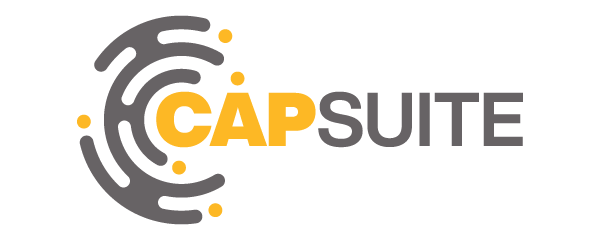Unleashing the Power of Backend Systems in Harmony with Conversation Commerce.
This is an aspect that many businesses tend to overlook (after all, they have already received customer orders and payments). So, how many steps should the backend handle to align with Conversation Commerce or eCommerce?
Integration of Frontend and Backend Systems
To discuss integration, we first need to understand what data needs to be synchronized. Each order involves three main pieces of information: customers, products, and prices. Correspondingly, these are managed by the business's sales department, warehouse department (or logistics department), and accounting department. Conversation Commerce and eCommerce are mostly managed by marketing or sales departments, so the front end needs to communicate with the backend to inform the operational departments about the buyers of each order, integrate sales and inventory status, and arrange delivery. Completing the transaction only happens when the goods are accurately delivered to the customers, making integration the top priority.
Product and Inventory Synchronization
There are various scenarios to consider, such as whether the business sells fixed products, accepts pre-orders or faces the risk of overselling. Are the products tangible or service-based (like online courses offered by an institution)? How is inventory calculated? What is the transaction frequency? These factors influence the business's operational flow. Let's assume the context involves selling fast-moving consumer goods (FMCG).
First, the business must decide which products to sell on the Conversation Commerce platform, including limited or limited quantities. Then, when new products are introduced, how do we promptly add them to the platform and remove old products? Finally, when a product is sold out, should it be taken off the platform or continue to accept orders (pre-orders)?
To handle these situations that may arise daily, the business needs to establish an Item Master, which handles the addition, removal, and maintenance of sellable products. Additionally, there's Inventory Management, which is responsible for managing and calculating each business's available products and quantities. Inventory levels and corresponding sales volumes largely determine the need for replenishment.
Therefore, effectively synchronizing the frontend sales with backend product and inventory levels largely determines whether customer orders can be fulfilled on time (as you must have the goods available). If a business has multiple online stores or physical shops, the requirements for synchronization are even higher. Failure to deploy this properly can lead to inventory chaos, online and offline competition for goods, overselling, customer complaints, order cancellations, and refunds (which further impact the accounting department).
Financial and Accounting Management
Ultimately, all businesses serve financial purposes. All records related to money assets and liabilities must be accounted for in financial statements (Income Statement, Balance Sheet, Cash Flow). If a company's sales, operations, and accounting systems are independent of each other, it will inevitably result in decreased financial visibility and efficiency. Understanding the details of any given order would require searching through three different systems. A common example is when a business has a high gross profit margin but a lower net profit margin. This is often due to incorrect inventory costs, high transportation costs from order mistakes, or increased manpower for shipping processes that subsequently impact profitability.
Therefore, syncing with financial and accounting processes is also a critical consideration. Otherwise, while the advanced frontend sales platform may save on manpower, the warehouse or accounting departments may have to increase personnel to handle operations, leading to potential losses.
By now, it should be clear that the term "backend systems" refers to Enterprise Resource Planning (ERP). Conversation Commerce is a tool that helps increase sales, but an efficient operational and financial solution (i.e., ERP) is the platform that enhances profitability. These two, working in sequence, bring sustainable and profitable business growth.



